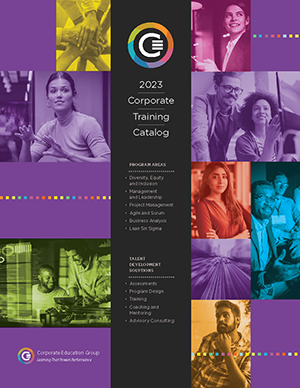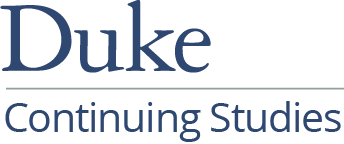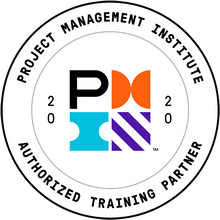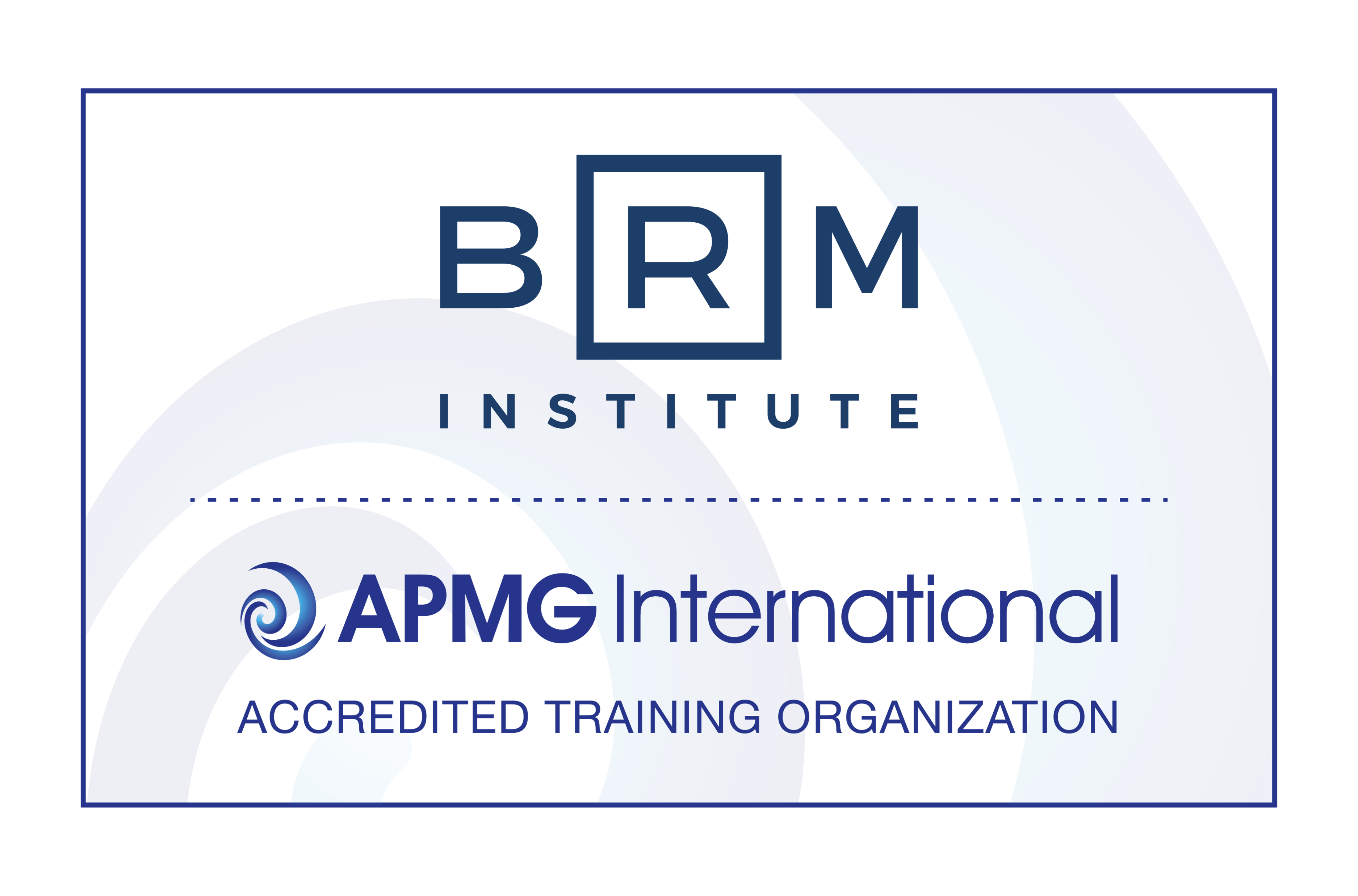Success Factors for Lasting Change
It takes time and a surprising amount of effort to shift an organization to a new way of operating. Yet, organizations change constantly in order to implement new processes, adopt new technologies, shift strategic direction, shut down product lines, introduce new services, or increase performance.
Change can be painful and, unfortunately, many fall short of expectations. According to a recent McKinsey study, only 38% of responding organizations believed their transformation was completely or mostly successful at improving the company's performance.
The good news is that a planned, focused, disciplined approach to organization change can greatly enhance the likelihood of success. This approach takes more up-front time and energy. Yet, it is considerably more cost-effective than cleaning up the aftermath of a failed change effort.
This article explains the success factors for organization change efforts. If an organization puts these factors in place, it greatly increases the likelihood of success.
The Success Factors
Active, committed leadership.
People look to their leaders when making change. They can be very sensitive to leaders' unspoken and understated messages. For example, if a leader simply shows up for a meeting and doesn't seem committed, the people will know it and place the change effort lower on their priority list. If people are asked to change without seeing their leader firmly on board, they'll drag their heels. In change efforts, leaders must fulfill their leadership role by being accessible, available, active, and articulate about change.
How active and committed to the change is the leadership in your organization?
Yes |
No |
A high-level leader in the organization has initiated or endorsed the change. |
Yes |
No |
This leader is prepared to kick off the project in person (or already has kicked off the project). |
Yes |
No |
This leader has a reputation for being active and committed over the duration of change efforts. |
A clear, compelling, business case for change.
People are most likely to change when they understand what is at stake for the organization. Leadership and the change implementation team must be able to clearly and consistently communicate the business case for change and the vision - and the consequences of not changing. Then the implementation team must help employees understand what they can do individually to achieve the vision.
How well has your organization created its case for change?
Yes |
No |
Leadership and the change implementation team can articulate the reason for change using clear, compelling language. |
Yes |
No |
The change is a critical component of the organization's strategy. |
Yes |
No |
The case for change is truly compelling and necessary to the organization's continued evolution and success. |
Embedded change, not programmatic change.
Change works best when it is embedded into an organization and part of individuals' daily work, rather than a program that employees hear about sporadically. While marketing can be helpful in change processes, wholly marketed change efforts are greeted by employees with skepticism. After all, in an age of constant advertising, it's important to be critical in order to cut through the hype. Today's media savvy employees are much more likely to follow a change that is embedded into their work than one that is over-sold.
One of the most helpful ways to embed change into the fabric of the organization is to create goals that are specifically linked to the success of the change effort. These goals help personalize the change and make it clear to each individual how she or he contributes to helping the organization evolve. Ideally, the goals begin at the highest levels and link to organizational strategy. Then, they cascade down through every department to every individual so all employees can see how they help the organization achieve its strategies.
How well has your organization embedded change into its operations?
Yes |
No |
The change is integrated into the work of the organization. |
Yes |
No |
The change is not dependent on marketing programs for its success. |
Yes |
No |
The organization has created clear, measurable goals that are: Reported on frequently Meaningful Representative of both progress towards the desired end state and results Tied to group and individual performance |
Employee participation.
People enjoy being part of changes that they create. Change works best when people are engaged in planning and implementation. Using a participative process mines the inherent talent and creativity of the workforce to meet challenges and solve problems. Organizations can do this is by:
- Appointing influencers to a Change Implementation Team, simultaneously giving them stretch goals for development and key roles in shaping the change
- Creating a Change Advisory Group consisting of influencers throughout the organization who give feedback periodically on the change effort
- Institutionalizing Change Surveys that measure perceptions of the change over time
- Conducting periodic Pulse Groups in which small, cross-functional groups come together to openly discuss successes and challenges associated with the change
How well has your organization engaged people in the change effort?
Yes |
No |
The organization has developed several ways for employees to participate in planning and shaping the change. |
Yes |
No |
The organization has several mechanisms for gathering perspectives from the workforce on the success and challenges associated with the change. |
Yes |
No |
The organization has methods for eliciting and implementing improvement suggestions from the workforce. |
Preparing for Your Change
Review the check boxes for each of the four success factors. "No" answers signal that more work is needed to prepare the organization for this change effort. If you have checked off a number of "no" responses, it's time to revisit your process for implementing the change. Take the time now to take the actions that will help the organization change successfully.
For more information on this topic, as well as how Corporate Education Group can help optimize your organization's performance, contact us or call 1.800.288.7246 (US only) or +1.978.649.8200.
About the Author:
Maya Townsend, MSOD, is a Trainer and Consultant for Corporate Education Group. Maya is also Founder and Lead Consultant for Partnering Resources, where she specializes in leadership, strategy and collaboration. During her career, Maya has successfully designed and facilitated training programs to over 5000 people in groups of 3 to 130 in the public and corporate sectors. Highly intuitive, analytical, and imaginative, Maya works at all levels, from CEOs to line workers, to develop the relationships, ideas, connections, and interdependencies that shift an organization to the next level of productivity and performance.







